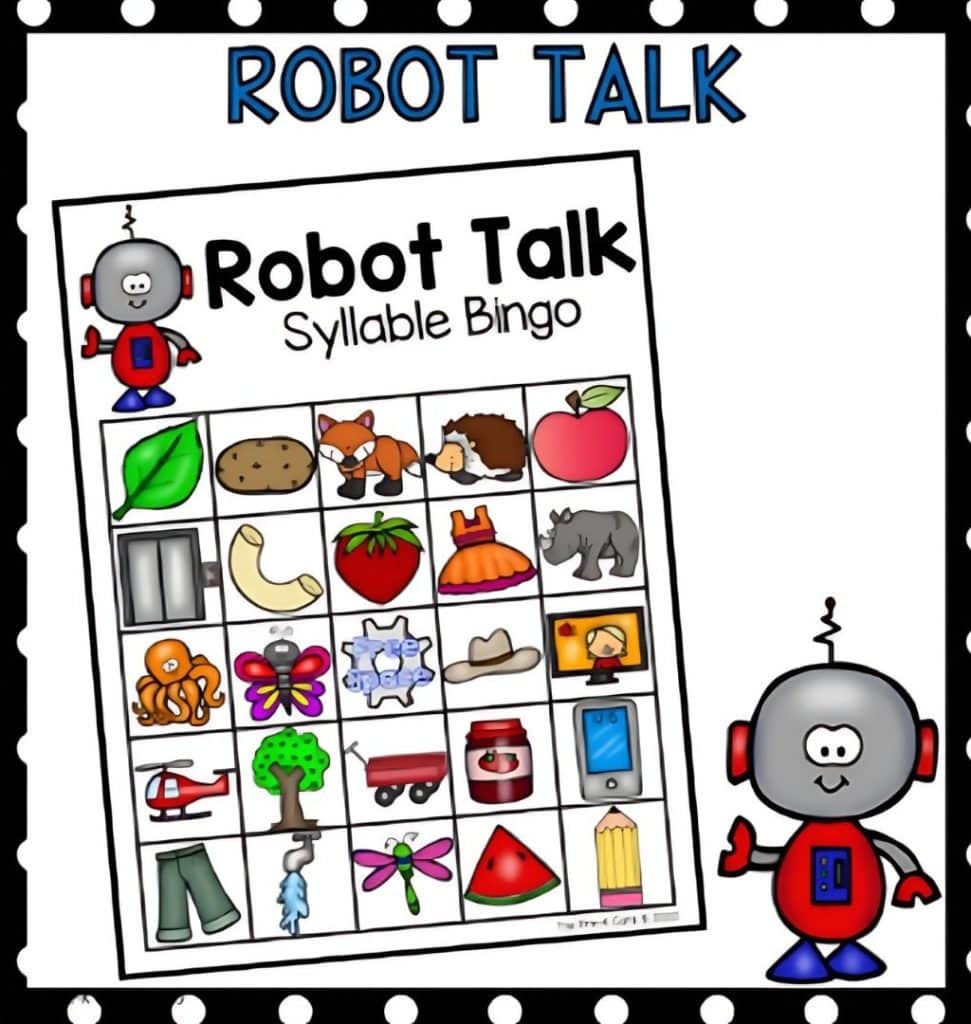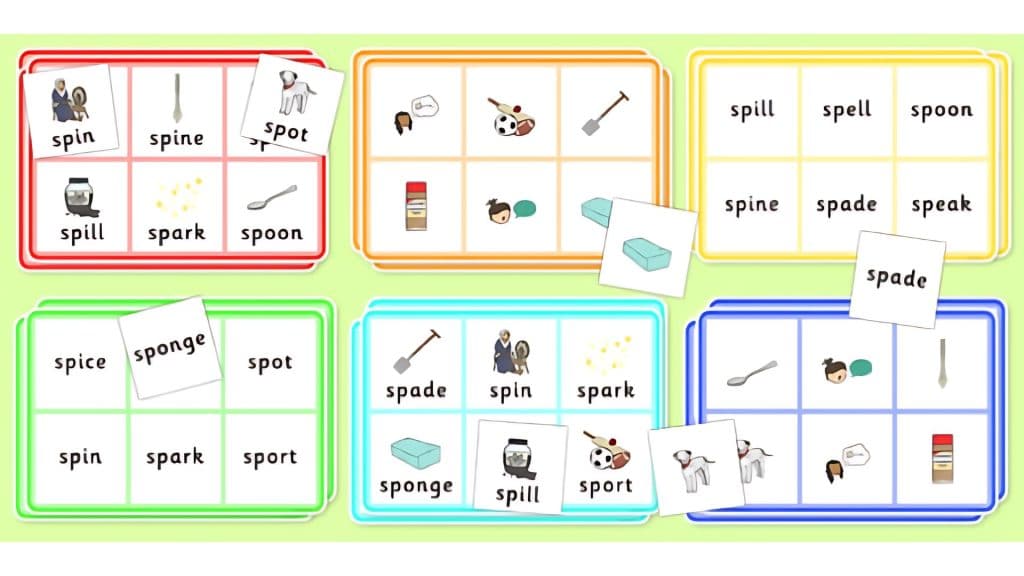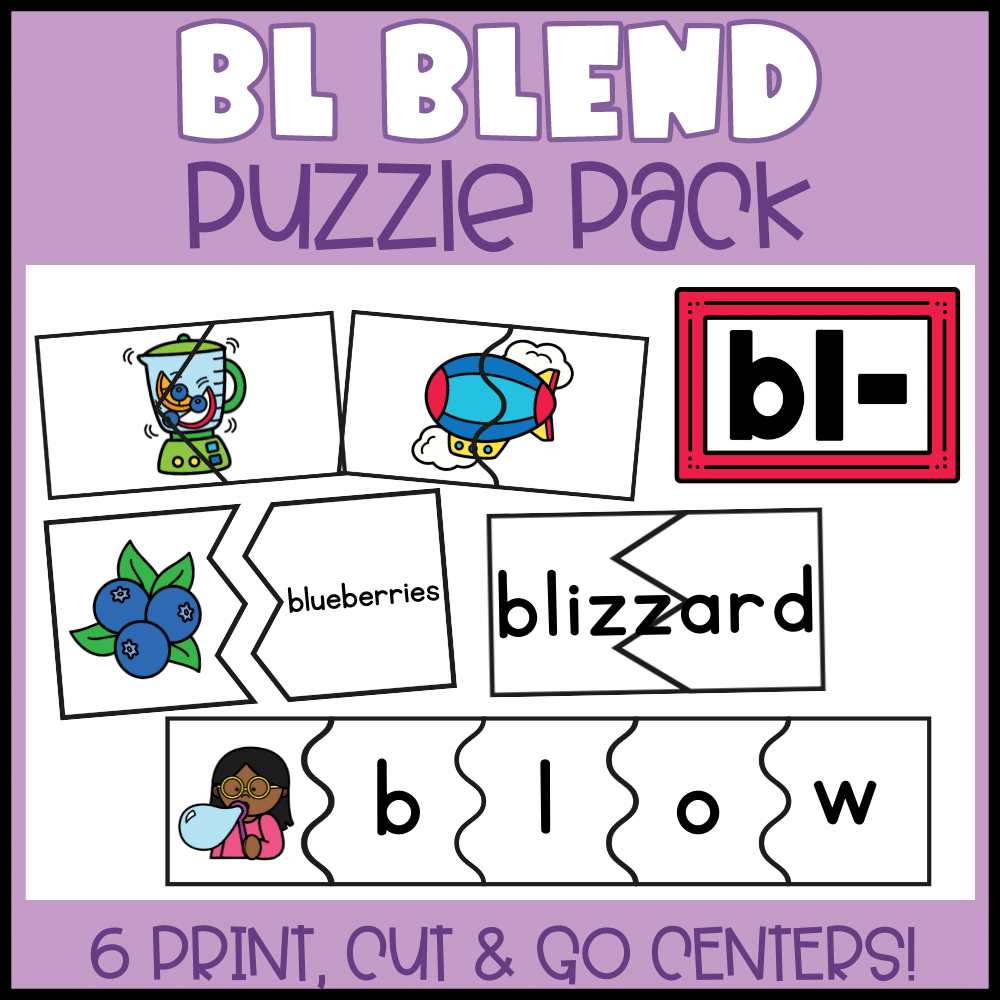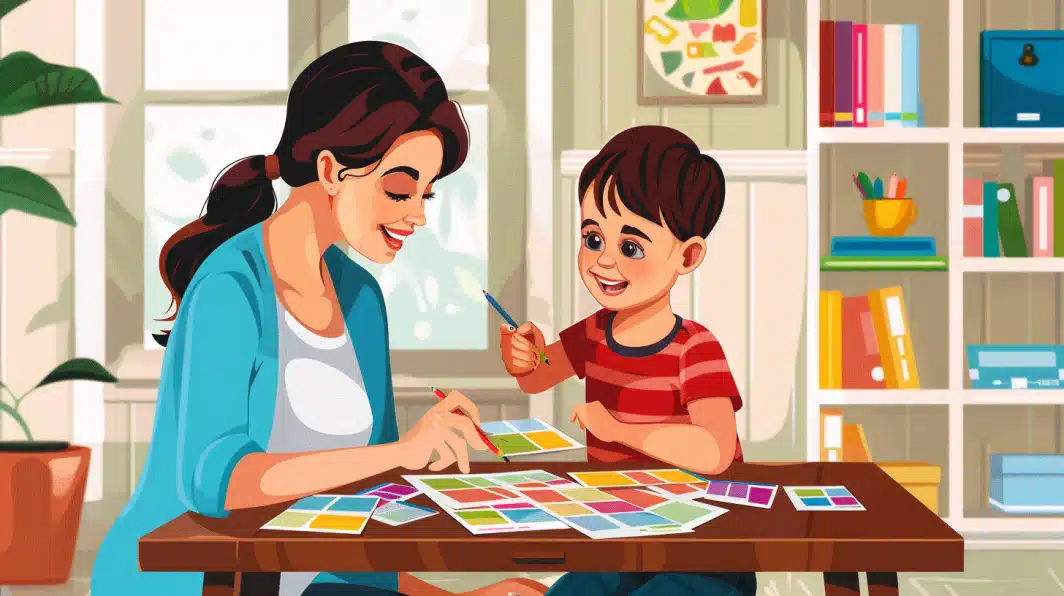Learning new vocabulary words can be challenging, especially for young learners.
Traditional methods like memorization and repetition often feel tedious and uninspiring, making it difficult for students to stay engaged and motivated.
Fortunately, a solution can make mastering vocabulary an enjoyable experience: blend word games!
In this blog post, we’ll explore various fun and engaging activities to help children improve their vocabulary while having a great time.
Get ready to transform vocabulary lessons into an adventure as we explore the world of blended word games!
What are Blend Word Games?

Blend word games are educational activities that help learners combine individual sounds (phonemes) to form whole words.
These games focus on the skill of blending, which is the process of smoothly joining sounds together.
For example, blending the sounds /c/ /a/ /t/ results in the word “cat.”
Developing phonemic awareness is crucial for reading and spelling success. Blend word games enhance this awareness by providing practice in recognizing and combining sounds.
As learners engage in these activities, they become more familiar with the structure and pronunciation of words, leading to quicker and more accurate word recognition.
This familiarity also helps expand their vocabulary in a natural, engaging way.
6 Types of Blend Word Games
Blend word games are designed to enhance phonemic awareness and vocabulary skills. This section will explore blending activities combining individual sounds to form words.
These activities are crucial for developing reading and spelling skills. Each game will include clear objectives and instructions to help you implement them effectively.
1. Guess-The-Word Game

This game aims to help learners blend sounds to identify a word, enhancing their ability to hear and combine individual sounds into complete words.
You’ll need picture cards of recognizable objects like a sun, bell, or fan to play.
Place a few cards in front of the children and say a word slowly using “Snail Talk” (e.g., /fffffllllaaaag/).
The children must guess the word by looking at the pictures and blending the sounds.
To keep them engaged, alternate between having one child identify the word and having all children say it aloud.
Start with simple, two-phoneme words and gradually increase the complexity as learners become more confident.
2. Robot Talk

Robot Talk aims to help students blend segmented sounds into words, aiding in recognizing and combining phonemes.
No specific materials are required; just a playful mindset is needed.
Speak in a segmented, robotic manner (e.g., /c/ /a/ /t/) and ask the children to blend the sounds and say the word as a whole.
Encourage them to use their “robot voices” to repeat the segmented sounds and then combine them.
Use engaging and exaggerated robot voices to make the activity fun, and have the children physically move like robots while blending sounds for an interactive element.
Interactive Blending Games
Interactive blending games engage learners and make phonemic awareness activities enjoyable.
These games use physical movement and music to reinforce the concept of blending sounds to form words.
3. Blending Slide

The Blending Slide game helps children understand how sounds blend to form words using visual and physical aids.
You’ll need a picture or a small replica of a playground slide to play. Begin with a simple word like “cat” and place the slide before the children.
Demonstrate how to “slide” the sounds together by moving your finger down the slide while saying the sounds (/c/ /a/ /t/).
Encourage the children to repeat the process, sliding their fingers down the slide and blending the sounds to form the word.
Start with simple, familiar words and gradually increase complexity. Let children take turns using the slide to make the activity interactive.
4. Sound Blending Using Songs

Using music is a great way to make blending sounds enjoyable and memorable.
Choose a familiar tune, such as “If You’re Happy and You Know It,” and sing the song with segmented words for the children to blend.
For example, sing, “If you think you know this word, shout it out! /c/ /a/ /t/” and encourage the children to blend the sounds and shout out the word “cat.”
Repeat with different words and sounds, adjusting the difficulty based on the children’s proficiency level. Make the activity more engaging by incorporating hand movements or claps to match the song’s rhythm.
Use lively and engaging songs that children enjoy, and gradually increase the complexity of the words as they become more confident in their blending skills.
Advanced Blending Games
Advanced blending games offer more difficulty and complexity to develop phonemic awareness and blending skills further.
These games are designed to keep learners engaged while providing substantial practice in blending sounds to form words.
5. Blending Bingo

Blending Bingo is a fun and interactive game that reinforces blending skills and helps learners practice, and master blending sounds to identify words.
To play, you’ll need bingo cards with words segmented into individual sounds (e.g., /c/ /a/ /t/) and markers or chips for marking the cards.
The caller announces the segmented sounds, and players listen, blend the sounds to form the word, and check if the word is on their card.
If a player has the word, they mark it, and the first player to complete a row, column, or diagonal yells, “Bingo!” and wins the game.
Start with simple words and gradually increase complexity, ensuring clear pronunciation of sounds and using a mix of familiar and new words to keep the game challenging and educational.
6. Blending Puzzles

Blending Puzzles improve blending skills by solving word puzzles and encouraging learners to match sounds and letters to form complete words.
You’ll need puzzle pieces with individual sounds or letters and corresponding pictures to play.
Children match the pieces to form complete words (e.g., matching /c/, /a/, and /t/ pieces to create “cat”) and say the word out loud, blending the sounds.
Pictures help younger learners associate the blended word with its meaning.
Start with simple, familiar words and gradually introduce more complex words, using colorful and engaging puzzle pieces to maintain interest.
Provide guidance and support as needed, but encourage independent problem-solving.
Effects of Blend Word Games on Vocabulary
Blend word games have a significant positive impact on vocabulary development.
1. Enhanced Phonemic Awareness
Phonemic awareness, the ability to hear, identify, and manipulate individual sounds in spoken words, is a foundational skill for reading and spelling.
Blend word games help learners recognize and differentiate between sounds, making it easier to form and understand words.
Regular practice with these games reinforces the sounds and their combinations, leading to better retention of new words and their meanings.
2. Improved Decoding Skills
Decoding, the ability to apply knowledge of letter-sound relationships to read written words, is essential for reading fluency and comprehension.
Blend word games teach learners to break down complex words into manageable sounds, making it easier to understand and remember new words.
Frequent practice helps learners quickly recognize and decode words, expanding their vocabulary.
3. Increased Confidence in Reading
Reading confidence refers to a learner’s belief in reading and understanding the text.
Higher confidence leads to greater motivation and persistence in learning.
As learners become more adept at blending, they gain confidence in tackling unfamiliar words and expanding their vocabulary.
Success in blending word games boosts self-esteem and encourages continued practice, further enhancing vocabulary.
4. Engagement and Motivation
Engagement, interest, involvement in an activity, motivation, and the desire to continue learning and improving are crucial factors in vocabulary development.
The enjoyable nature of blend word games keeps learners engaged and motivated to practice, leading to consistent vocabulary growth.
The interactive format of these games encourages learners to practice regularly, solidifying their understanding of new words.
Conclusion
Mastering vocabulary through fun and engaging blend word games effectively enhances phonemic awareness, decoding skills, reading confidence, and overall literacy development.
Incorporating various interactive activities, such as Blending Bingo, Sound Blending, Using Songs, and Blending Puzzles, into your teaching routine can make learning new words an enjoyable and rewarding experience for your students.
Remember, the key to success is consistent practice and finding the right mix of games that keep your learners motivated and engaged.
So, take the time to experiment with different activities and discover what works best for your unique group of students.
Explore blend word games and watch your students’ vocabulary skills soar!








